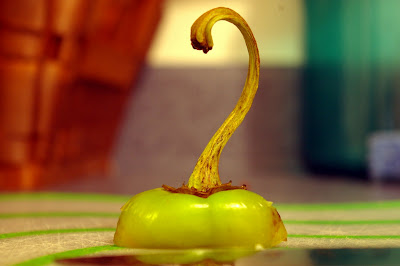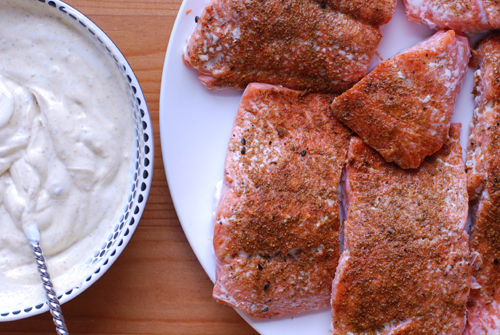 Though it doesn't appear very often on this site, fish -- salmon in particular -- is a staple in the NDP kitchen. I like it because it's a substantial cornerstone of a meal without being as heavy as meat often is. I frequently host lunch on Saturdays, and I almost always cook for these lunches in advance; salmon can be served cold with a dipping sauce, obviating the need to carefully par-bake it before reheating the next day to serve. Also, it's delicious.
Though it doesn't appear very often on this site, fish -- salmon in particular -- is a staple in the NDP kitchen. I like it because it's a substantial cornerstone of a meal without being as heavy as meat often is. I frequently host lunch on Saturdays, and I almost always cook for these lunches in advance; salmon can be served cold with a dipping sauce, obviating the need to carefully par-bake it before reheating the next day to serve. Also, it's delicious.
Last year, I frequently cooked fish "en papillote," each filet wrapped with care in its own little parcel of parchment paper. It's a very healthful way of cooking fish, in its own juices and little else. Sometimes I'd add slivers of thai bird chillies or slices of peach, but the method was always the same. This year, I'm planning to broil my fish more often. That little spot at the bottom of my oven doesn't get enough airtime, and considering its ability to make sugar into caramel and turn anything that beautiful shade of brown, it really should.
The method here couldn't be simpler. Clean the salmon and slice into individual servings (or don't, if you prefer the drama of bring a long side of salmon to the table). Season generously with salt and just about anything else. My favorite of late is Ras El Hanout, a Moroccan spice blend of nutmeg, mace, cloves, black pepper, saffron, and more (recipe below), that's mellow but still intensely flavorful. Salmon has plenty of natural fat, so drizzling oil over the fillets is optional. Either way, tuck it under the broiler for about 15 minutes, until it's just cooked through.
When it comes to serving the salmon, serve warm or chilled, and offer plenty of lemon slices. I also served a super-easy curried yogurt that comes together in a jiffy. I used a spice blend called Hawaij, a Yemenite blend of cumin, tumeric, cloves, black pepper, and more. I've included the recipe below, but you could also use a curry powder or a different spice blend.
Moroccan Salmon with Curried Yogurt serves 4
For the Ras El Hanout:
2 teaspoons ground nutmeg 1 teaspoon salt 1 teaspoon ground ginger 3/4 teaspoon ground black pepper 1/2 teaspoon ground mace 1/2 teaspoon ground allspice 1/4 teaspoon ground cinnamon 1/4 teaspoon crushed saffron threads
Blend in spice blender. Best if used within a week.
For the Salmon:
Preheat the broiler. Slice salmon into individual portions, if desired, and transfer to broiler-safe baking sheet or 9x13 pan. Season generously with salt and about 5 tablespoons of a dry spice mixture. Drizzle lightly with olive oil or dot with butter, if desired. Place salmon underneath broiler about 7 minutes, until top is browned. Transfer to oven and lower heat to 400; bake another 7-9 minutes, until salmon is fully cooked.
For the Hawaij:
6 1/2 tablespoons black peppercorns 1/4 cup cumin seed 2 1/2 tablespoons coriander seeds 1 1/2 tablespoons green cardamom pods 1 1/2 teaspoons whole cloves 3 1/2 tablespoons ground turmeric
Blend. Add two tablespoons to 1 cup yogurt and stir to combine.
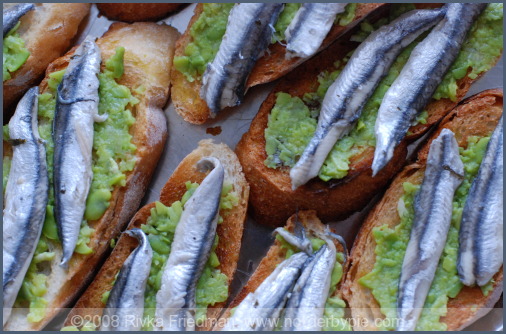 I can't remember if I've ever written a love song to favas on this blog. I mean,
I can't remember if I've ever written a love song to favas on this blog. I mean, 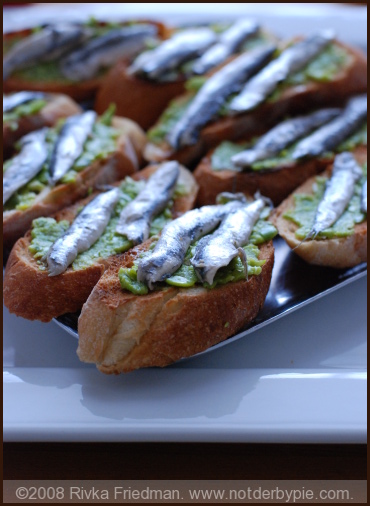
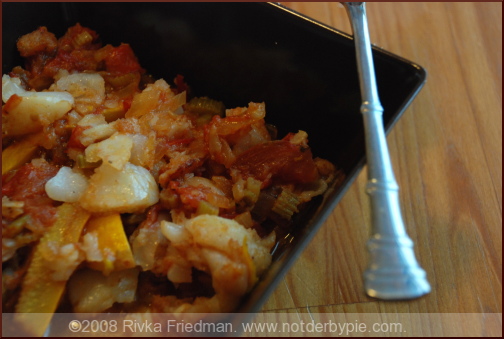
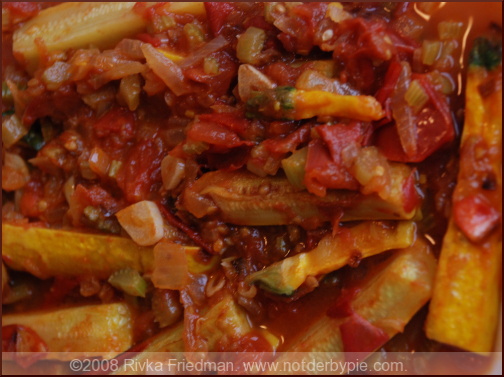
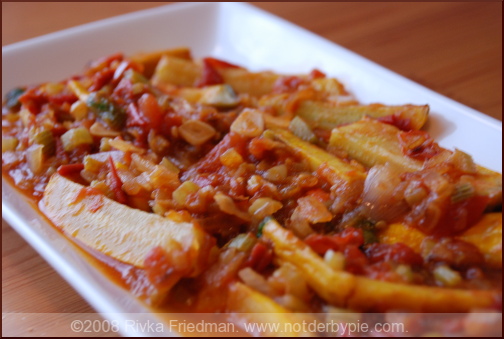

 (Like my elementary school drawings?)
(Like my elementary school drawings?)